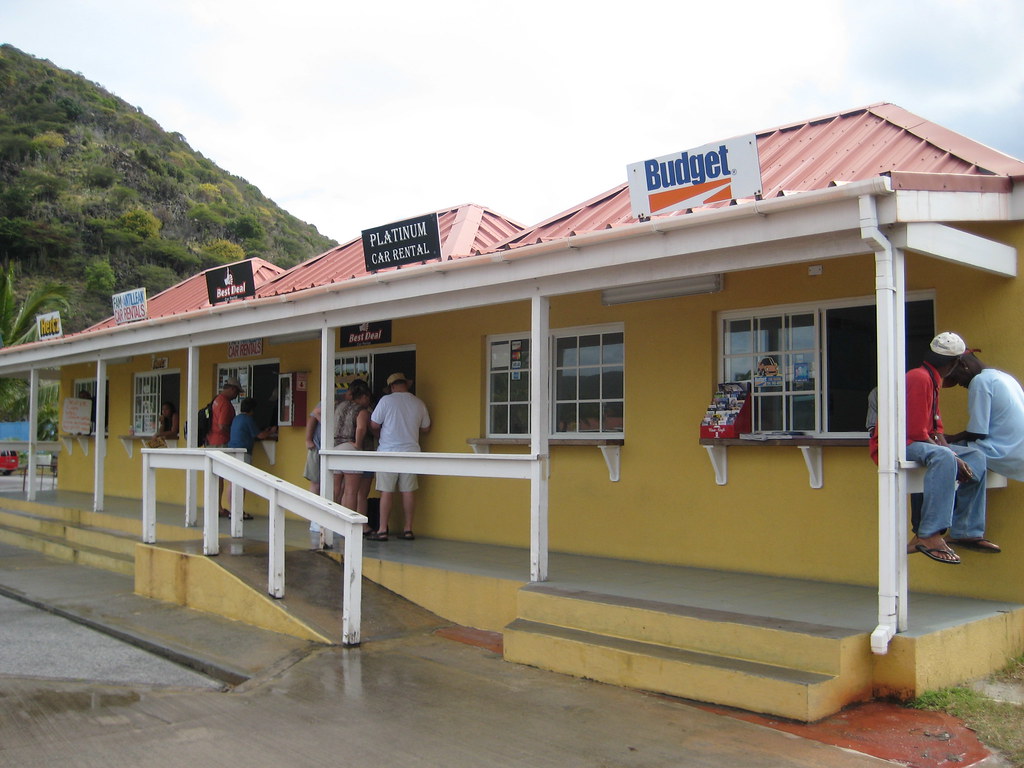Beat the Rush Understanding City Traffic Peaks and Troughs
City traffic can be a chaotic and frustrating experience for commuters. Understanding the peaks and troughs of traffic patterns is vital for beating the rush and ensuring a smoother journey. In this article, we will explore the factors that contribute to these traffic fluctuations and provide some tips on how to navigate through them.
One of the primary causes of traffic peaks is the daily commute to work. Mornings and evenings witness a surge in traffic as people travel to and from their workplaces. Rush hours typically occur between 7-9 am and 4-6 pm, with roads becoming congested and travel times significantly longer. These peak hours result from the synchronization of multiple factors, including school and work schedules, leading to a concentrated influx of vehicles.
Furthermore, events and holidays can also impact traffic patterns. Special occasions such as concerts, sports games, or festivals attract large crowds, causing congestion near the venues and on surrounding routes. Similarly, holidays or long weekends often see an increase in traffic as people travel to visit friends, family, or vacation destinations. Being aware of these events can help you plan your journeys more efficiently, avoiding unnecessary delays.
Another factor influencing traffic peaks is the weather. Inclement weather conditions such as rain, snowstorms, or fog can significantly impact driving conditions, leading to slower speeds and increased congestion. Additionally, during extreme weather events, accidents are more likely to occur, further exacerbating traffic congestion. Planning ahead and adjusting your travel time or route during adverse weather can help you avoid unnecessary delays.
Understanding the troughs in city traffic is equally important. Troughs typically occur during the mid-morning or mid-afternoon when most people are already at their destinations. These periods offer a window of opportunity for smoother and faster travel. If your schedule allows, planning your trips during these off-peak hours can save you valuable time and reduce stress.
In conclusion, navigating through city traffic requires a comprehensive understanding of the peaks and troughs that occur. By being aware of rush hour times, events, holidays, and weather conditions, you can plan your journeys more effectively, saving time and minimizing frustration. Keep these tips in mind, and you’ll be well-prepared to beat the rush and enjoy a smoother commute.

Leave a Reply